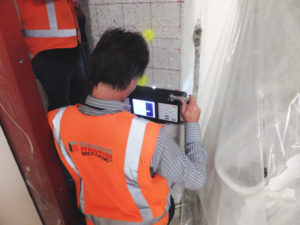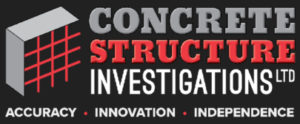Based on the concept that it takes 10,000 hours to attain mastery, the following blog is a CSI overview of […]
Based on the concept that it takes 10,000 hours to attain mastery, the following blog is a CSI overview of that theory.
Here is how Wikipedia describes the book ‘Outliers; The Story of Success’, which analyses the 10,000 hours to achieve mastery concept:
“In Outliers, Gladwell examines the factors that contribute to high levels of success. To support his thesis, he examines examples such as:
Throughout the publication, Gladwell repeatedly mentions the “10,000-Hour Rule”, claiming that the key to achieving world-class expertise in any skill, is, to a large extent, a matter of practicing the correct way, for a total of around 10,000 hours”
This is certainly relevant in the Non-destructive Testing (NDT) Industry. The more investigations you do, the more you are able to fine tune your interpretation and analysis of the signals you read. The hours spent scanning also builds the extensive experience that is invaluable in relating to the many different site situations that can be encountered. This experience grows your repertoire of possible scenarios that exist amongst building/infrastructure investigations.

“At CSI the number of scans we have recorded for Radar is currently just over 11,000. Setting up a location for scanning, scanning and then setting up this location in a report including analysis would be approximately 1hour – 1.25 hours. This makes the 11,000 scanning hours without even considering the number of scans taken on loan devices. These scans were the ones for diagnostic and reporting purposes only and do not take into account the kms of scanning on-site for hit prevention or incidental diagnostics needed for the particular job. CSI has completed the equivalent of an ongoing linear scan from Sydney,NSW to Cape Tribulation, Queensland”.
Daniel Traeger, CSI Wellington Leader and R&D Leader
Whether or not innate ability has a role to play is also a question to be answered. Certainly, in NDT some newcomers pick up the techniques and science faster than others. However, an individual’s background and education also plays an important role. The CSI technicians are all very capable, yet come from varying backgrounds – therefore is it possible to conclude that the Training Days run at CSI are the key to competency? This article from Tessa Palmer looks at the question of innate ability vs practice along with just a little bit of good fortune to be in the right place at the right time.
Here is link to another article on the theory which we also found interesting. It is about one man’s journey to ‘prove the theory’ using golf as a means of experimentation – this will be of particular interest to all the weekend golfers out there!
Do you have any “10,000 hours to mastery” examples? We’d love to hear your ideas and any feedback on your experiences are most welcome. And of course, if you have any questions about NDT please do not hestitate to get in touch:
Email: Kurtis@csiscan.nz
Or phone:

Leave a Reply
You must be logged in to post a comment.